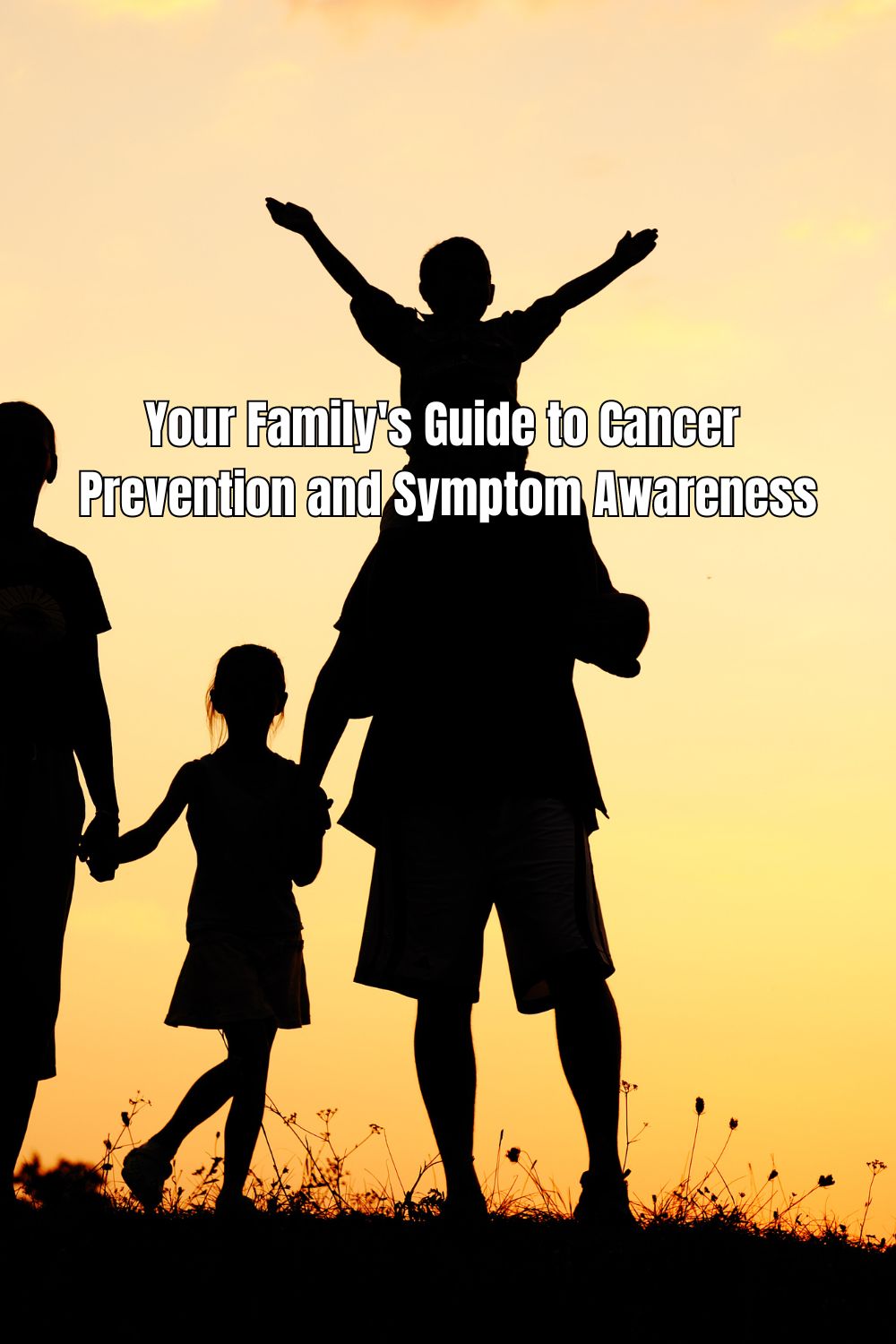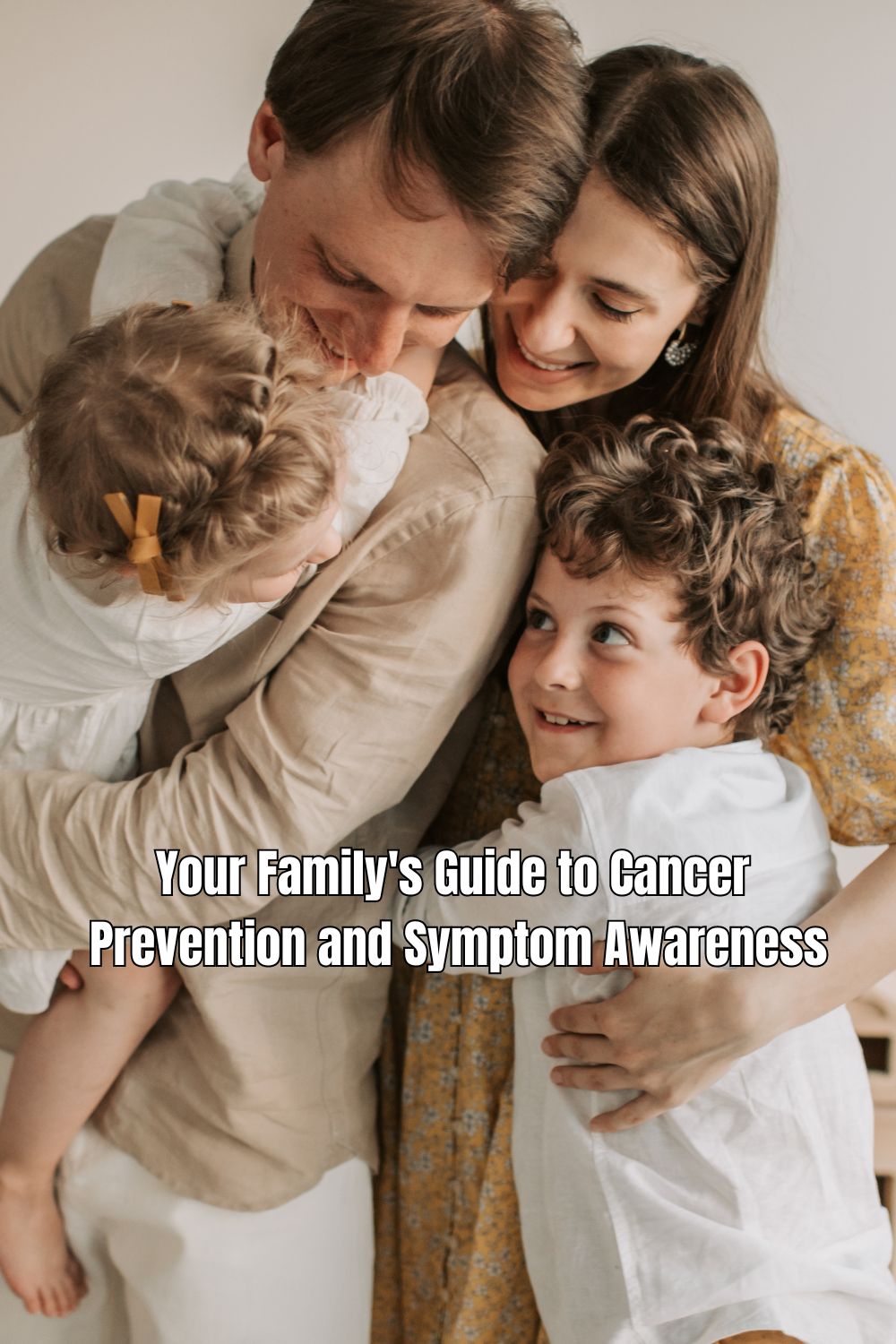Here is Your Family’s Guide to Cancer Prevention and Symptom Awareness to help keep everyone healthy.

Your Family’s Guide to Cancer Prevention and Symptom Awareness
Cancer is a complex disease, but many forms of it can be prevented or detected early on with the right strategies. By making conscious lifestyle choices and staying alert to the early warning signs of cancer, families can significantly reduce their risk and improve outcomes if cancer is diagnosed. In this guide, we’ll explore ways to help prevent cancer, recognize early symptoms, and provide an overview of common treatment options, including cutting-edge therapies like Tumor-Infiltrating Lymphocyte (TIL) therapy and immunotherapy.
Cancer Prevention Tips for the Whole Family
While no prevention strategy is foolproof, adopting healthy habits and avoiding known risk factors can greatly reduce the likelihood of developing cancer. Here are some key steps that your family can take to reduce the risk of cancer:
- Maintain a healthy diet
- Regular exercise
- Avoid smoking and limit alcohol
- Practice sun safety
Recognizing Early Symptoms of Cancer
In addition to prevention, recognizing the early warning signs of cancer is crucial for catching the disease in its most treatable stages. Many cancers, if detected early, have high survival rates. Here are some symptoms to watch for:
- Unexplained Weight Loss
Sudden, unexplained weight loss of more than 5% of your body weight over six months could be a sign of cancer. This is especially common in cancers of the stomach, pancreas, and lungs. If you notice significant weight loss that happens without changes in diet or physical activity, consult with a healthcare provider.
- Persistent Fatigue
Cancer-related fatigue is often more severe than normal tiredness and doesn’t improve with rest. It’s particularly common in blood cancers like leukemia and lymphoma, as well as colon and stomach cancers. If you or a family member experiences ongoing fatigue without an apparent cause, it’s worth investigating.
- Lumps or Swelling
Unexplained lumps or swelling, especially in the neck, underarms, breasts, or testicles, may indicate cancer. Swollen lymph nodes that don’t go away after a few weeks should be checked by a doctor, as they can signal cancers like lymphoma or breast cancer.
- Changes in Bowel or Bladder Habits
Persistent changes in bowel movements—such as constipation, diarrhea, or narrow stools—may be signs of colorectal cancer. Blood in the urine or frequent urination could indicate bladder or kidney cancer. Any unexplained changes in these habits warrant a doctor’s visit.
- Persistent Pain or Discomfort
Chronic pain that doesn’t go away, especially in the bones, back, or abdomen, can be a sign of cancer. Pain in these areas without a clear cause, especially if it gets worse over time, should be evaluated by a healthcare professional.
Understanding Cancer Treatments
If cancer is detected, understanding the various treatment options can help you to make the right decisions about care. Treatments are often tailored to the type, stage, and location of the cancer, and the patient’s overall health. Here’s an overview of common treatment approaches, including some of the latest breakthroughs.
- Surgery
Surgery is one of the most common treatments for localized cancers. The goal is to remove the tumor and, in some cases, nearby lymph nodes to prevent the spread of cancer. Surgery can be curative if the cancer is caught early before it has spread to other parts of the body.
- Chemotherapy
Chemotherapy is a type of treatment that uses powerful drugs to kill cancer cells or stop them from growing. It’s often used to treat cancers that have spread or to shrink tumors before surgery. While effective, chemotherapy can cause side effects like nausea, fatigue, and hair loss due to its impact on healthy cells as well as cancerous ones.
- Radiotherapy
Radiotherapy involves using high-energy rays to target and destroy cancer cells. It’s often used in conjunction with surgery or chemotherapy. It’s particularly effective for cancers like breast, prostate, and brain cancer. Side effects may include fatigue and localized skin irritation.
- Tumor-Infiltrating Lymphocyte (TIL) Therapy
TIL therapy is a form of immunotherapy that uses a patient’s own immune cells to fight cancer. In TIL therapy, immune cells (called lymphocytes) are taken from the patient’s tumor and grown in large numbers in a lab. These cells are then reintroduced into the patient’s body, where they help to target and destroy cancer cells.
TIL therapy from moffitt.org has shown promise in treating advanced melanoma and is being studied for use with other cancers, such as lung and cervical cancer. This therapy offers hope for patients who haven’t responded well to traditional treatments, providing a more personalized and targeted approach to cancer care.
To Conclude
Preventing cancer and recognizing early symptoms are critical steps in safeguarding your family’s health. By maintaining a healthy lifestyle, staying aware of potential warning signs, and keeping up with regular screenings, you can significantly reduce the risk of developing cancer and improve the chances of early detection.
Should cancer be diagnosed, understanding the wide range of treatment options—from surgery and chemotherapy to advanced therapies like immunotherapy and TIL therapy—can help you make informed decisions and provide the best possible care for your loved one. With a proactive approach to prevention and awareness, you can empower your family to take control of their health and reduce the impact of cancer.
**The tips and suggestions provided above are for informational purposes only and should not be considered medical advice or a substitute for professional consultation.**

Leave A Reply!